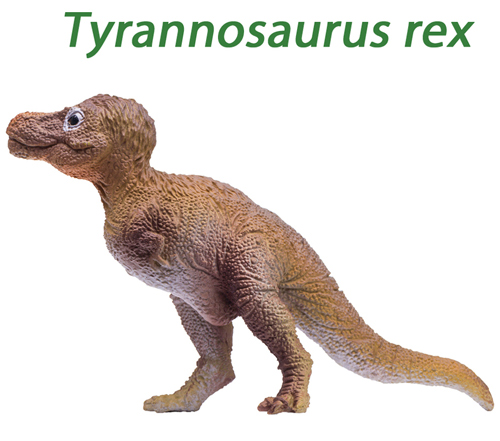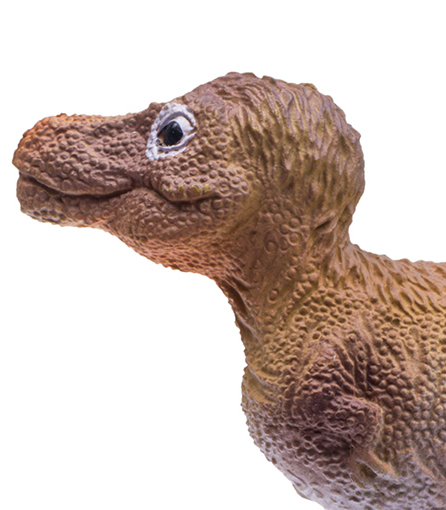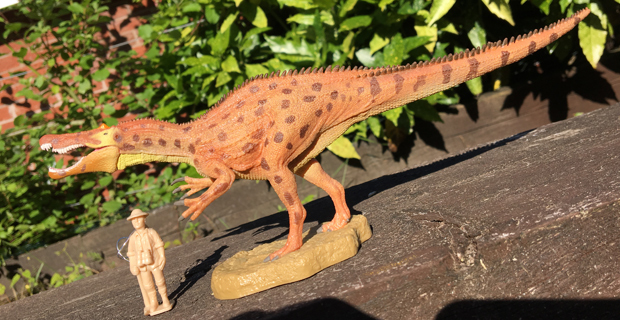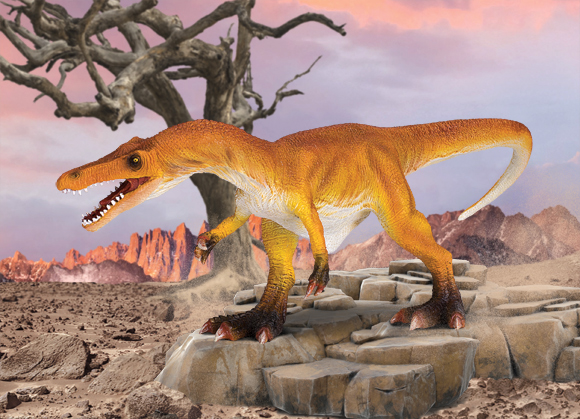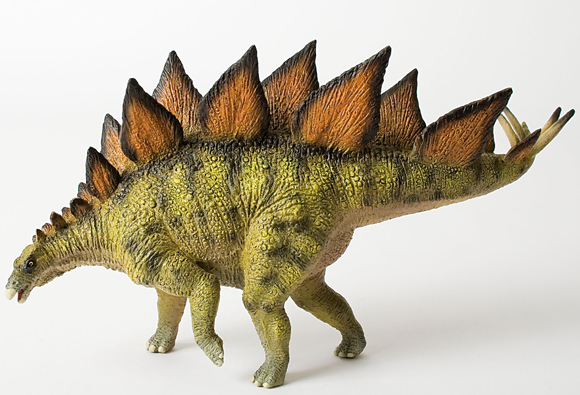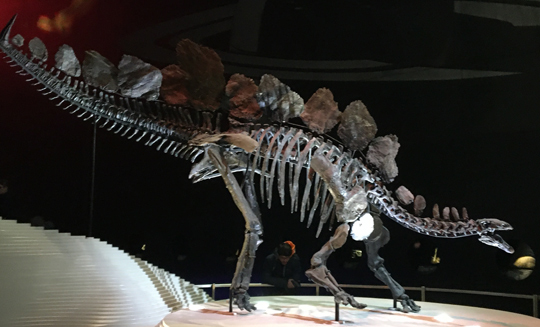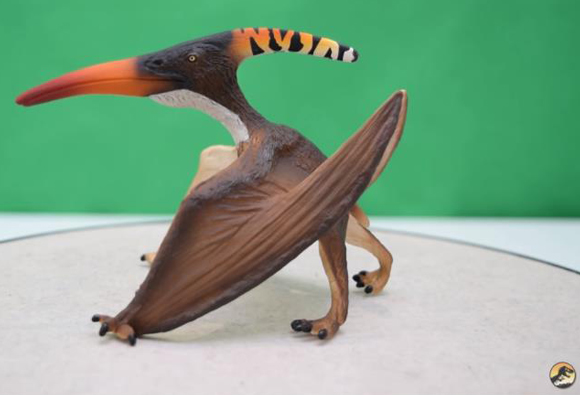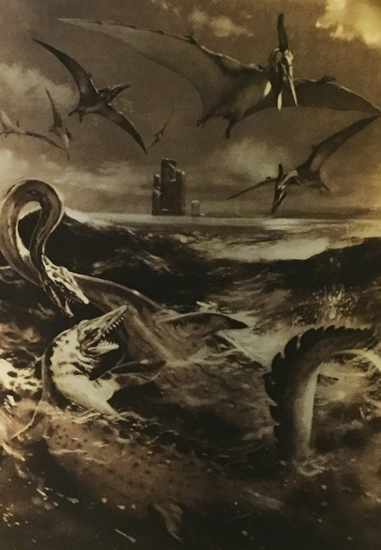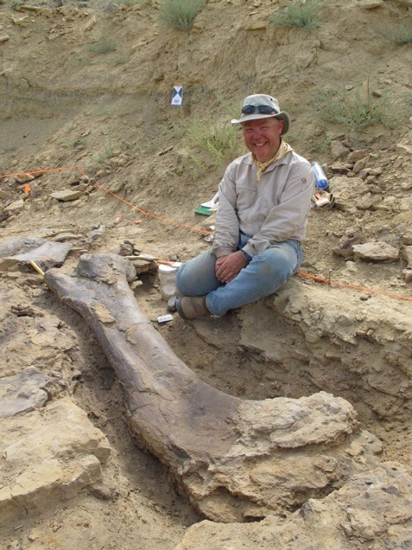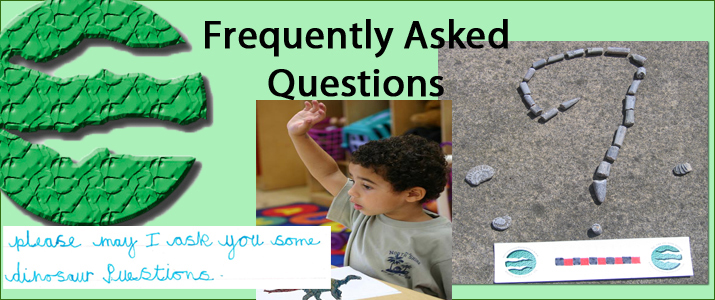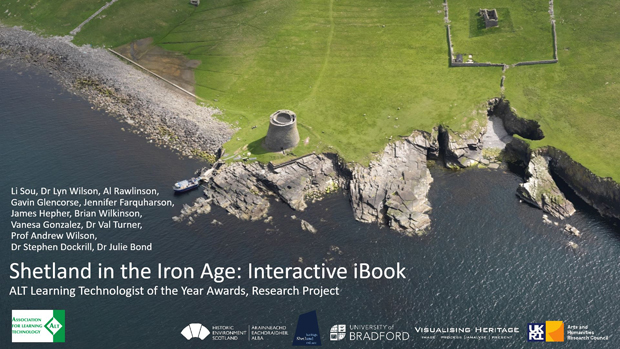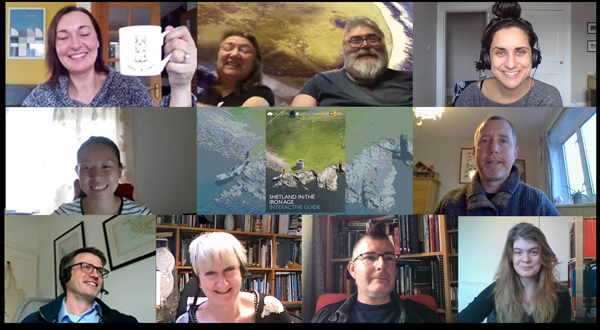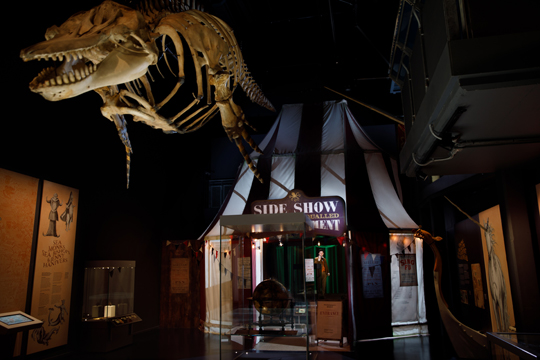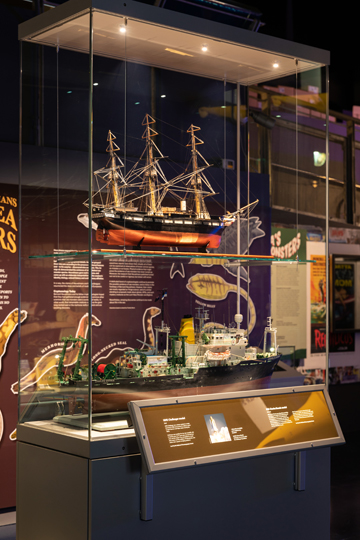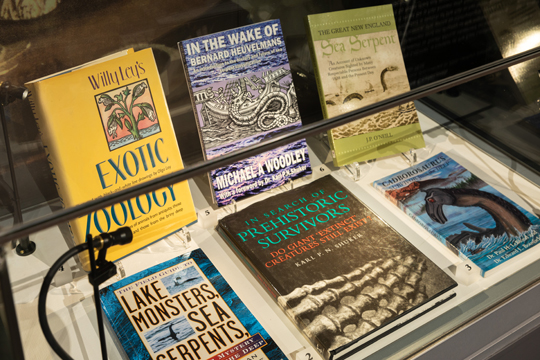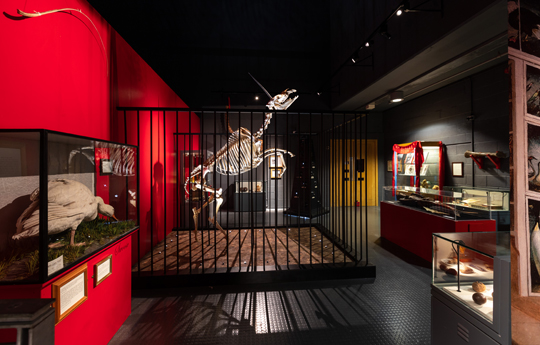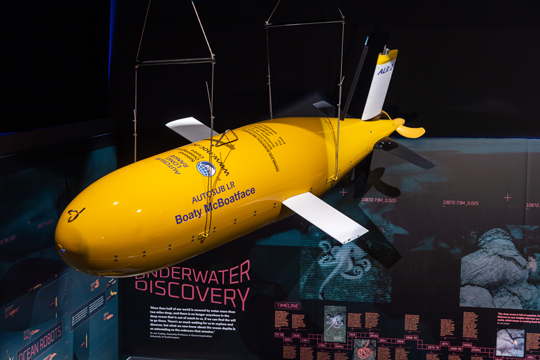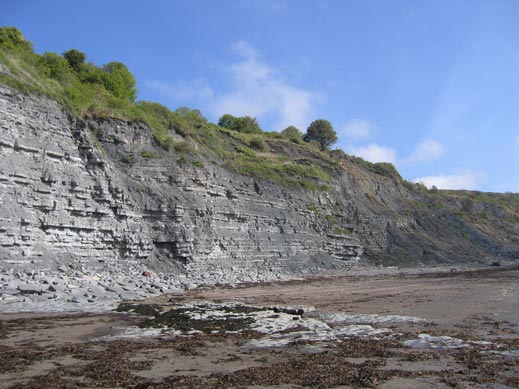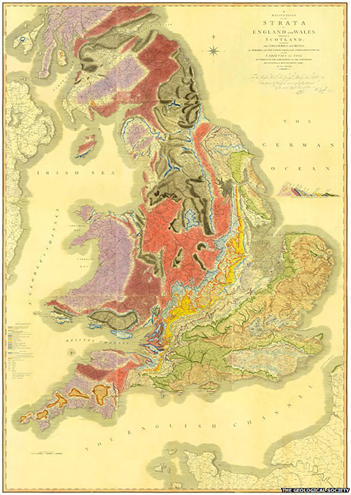Everything Dinosaur team members working in schools, helping museums and other educational bodies. Our work with and in schools.
Extra-terrestrial End-Cretaceous Impact Gave Rise to the Amazon Rainforest
The Amazon rainforest is an extremely important low latitude habitat with a huge diversity of animals, fungi and plant species. Described as the “lungs of the planet”, this tropical rainforest is at the very centre of many global conservation efforts. New research suggests that it was the extra-terrestrial impact event some 66 million years ago that led to the rise of this angiosperm dominated ecosystem.
K/Pg Extinction Event
Approximately 66 million years ago a rock from space smashed into our planet. This triggered a sudden mass extinction event devastating around 75% of all the animal and plant terrestrial species, many of which subsequently became extinct. At this time the dinosaurs, their cousins the pterosaurs and the majority of marine reptiles died out.
Analysis of Fossil Pollen and Study of Fossil Leaves
Writing in the journal “Science”, researchers from the Southern Methodist University (Texas) and the University of Wyoming report on the study of tens of thousands of fossil pollen specimens along with thousands of leaf fossils from Cretaceous-aged strata and deposits laid down after the K/Pg extinction event. The scientists, which include co-author Dr Ellen Currano (Department of Botany, University of Wyoming), found that the types of plant creating tropical forests were very different pre and post the extra-terrestrial impact. In the Late Cretaceous tropical forests were dominated by conifers and they were much more open than the dense, angiosperm forests that came about during the Palaeocene.
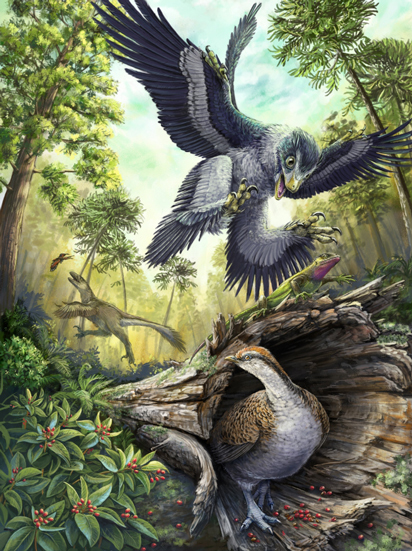
A Thick Forest Canopy Denying Access to Light
The scientists discovered that the fossil pollen and leaves show a marked transition in tropical forest flora. After the extra-terrestrial impact forests developed a thick canopy blocking much of the light from reaching the ground and angiosperms became more dominant.
How Did These Changes Come About?
As well as the documenting the turnover in flora and the transition from one tropical forest environment to a different type of rainforest in the Palaeocene, the researchers propose three possible explanations for this change:
- The absence of large megaherbivores, specifically dinosaurs allowed plant densities in forests to increase. The extinction of giant plant-eating dinosaurs such as the Ceratopsia, hadrosaurs, armoured dinosaurs and the titanosaurs allowed plants to grow at lower levels as they were not being trampled or consumed by herbivorous dinosaurs.
- Several types of fern and conifer became extinct during the K/Pg transition permitting new types of angiosperm (flowering plants) to evolve and exploit the vacated niches.
- Falling ash from the impact enriched soils throughout the tropics, provided an advantage to faster-growing angiosperms.
The scientists conclude that the three hypotheses are not mutually exclusive and that a combination of factors could have led to the change in the flora as recorded in the fossil record.
A Significant Lesson for Today
Today, a rapidly changing climate, largely caused by the actions of our own species is having a dramatic effect on the world’s forests. The researchers note that the fossil record demonstrates that rainforests do not simply “bounce back”, after a catastrophe. They can take millions of years to recover and a very different type of ecosystem is likely to emerge.
The scientific paper: “The impactful origin of neotropical rainforests” by Bonnie F. Jacobs and Ellen D. Currano published in the journal Science.
Visit the Everything Dinosaur website: Dinosaur Toys and Models.


